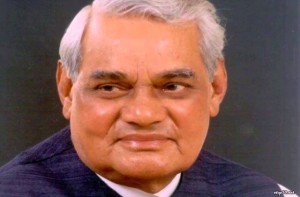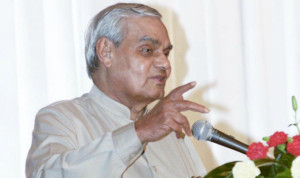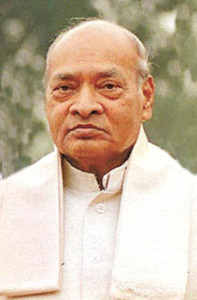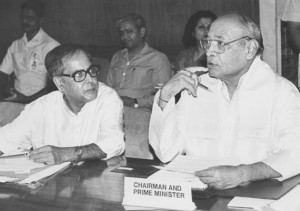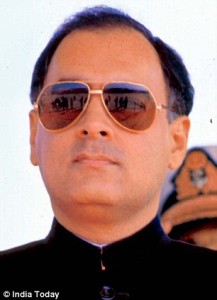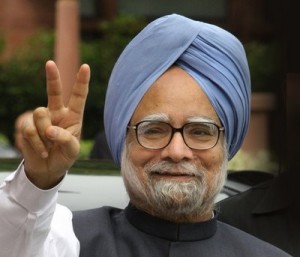
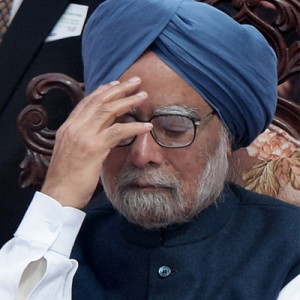
Manmohan Singh served as the Prime Minister of India for two full terms from 2004 to 2014. He came with an incredible reputation as a reformer and no body had better economics credentials than him. A lifelong bureaucrat, who had served in all the top economic jobs, was inducted in 1991 by Prime Minister Narasimhan Rao as his finance minister to lead his economic liberalization program. He was given full credit for the 1991 reform, even though there were no further reforms during the rest of the tenure.
There were no reforms at at all during his prime ministerial tenure. He talked about inclusive growth while enjoying the momentum created by Vajpayee’s reforms. The biggest program created during his term was the NREGA, which was an old fashioned redistribution boondoggle. The road building program came to screeching halt too. The Telecom policy was turned on its head when the revenue share model got replaced with spectrum sale, which resulted in massive corruption. The original goal of the revenue share was to prevent this source of corruption. There was scandal galore during his term. His pristine reputation was fully tarnished. With no new reforms, I can’t think of any, and no privatization of public sector companies, the growth rate steadily declined. Further tax terrorism during his tenure, dried up FDI.
Manmohan Singh turned out to be a total disappointment. He was made the prime minister by Sonia Gandhi and he felt beholden to her. He also was never able to assert his leadership in the cabinet. I am told by a source that he called Pranab Mukherji “sir” in the very first cabinet meeting. Pranab never accepted him as his boss. Even after 2009 elections, when he had the moral authority to assert himself, he refused to do it. As a matter of fact Rahul Gandhi treated him with contempt, both in word and deed.
I consider his 10 years as the PM as wasted years for India. China pulled ahead while India languished. For this I rate him as one of the worst, if not the worst, prime minister of India. I rate him 1 on the scale of 1 to 10.

